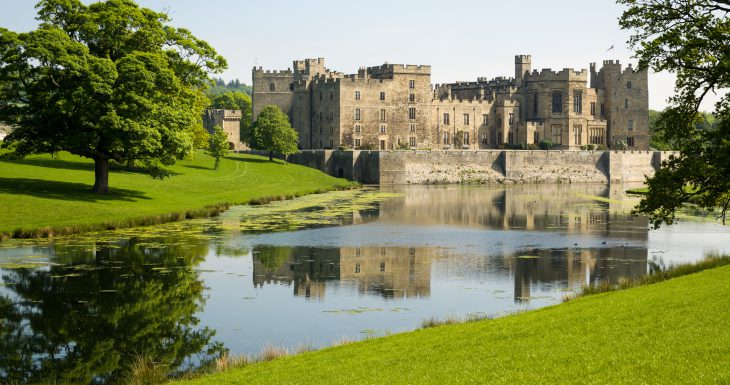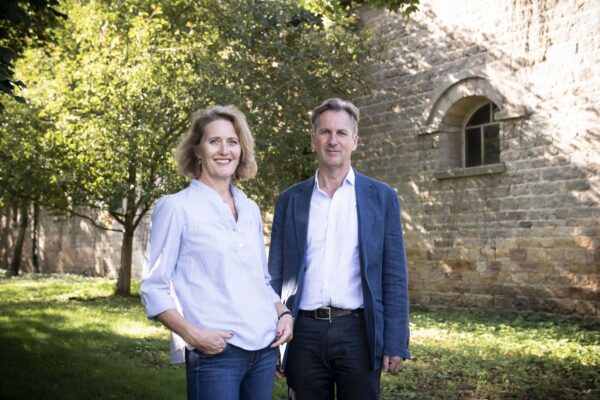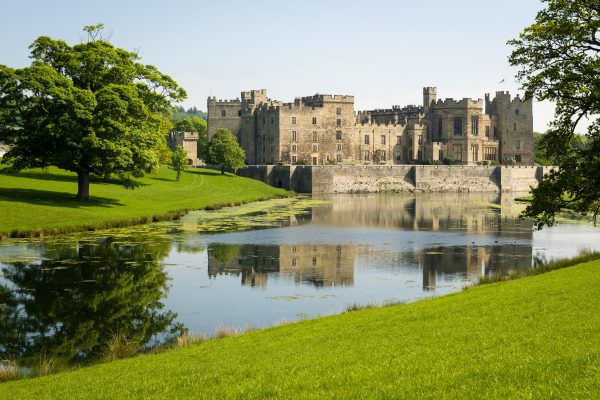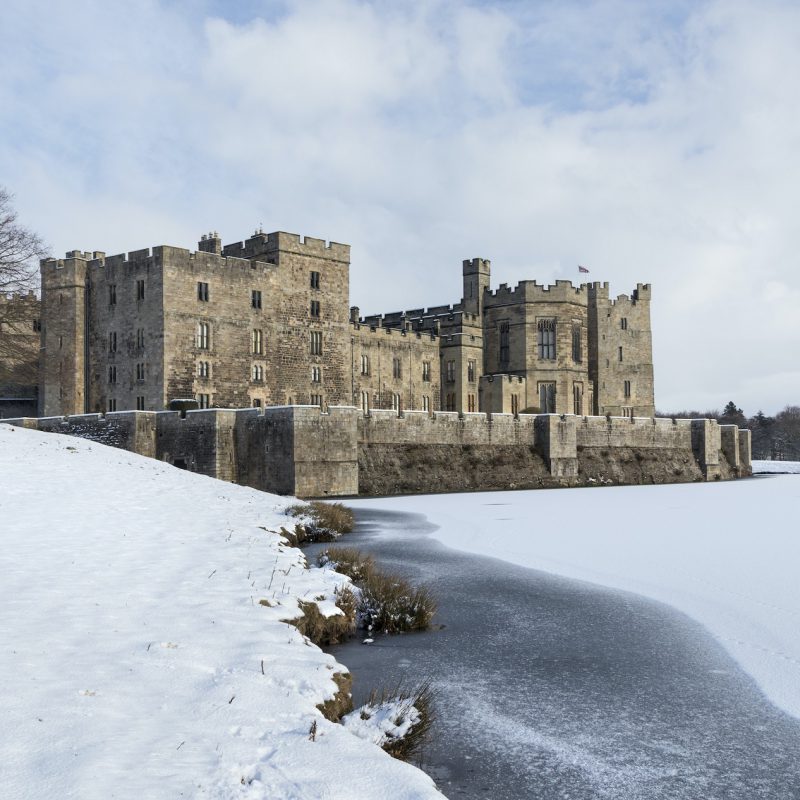Raby Castle, Park & Gardens
One of the North's most striking castles with a dramatic history.
Staindrop, Darlington, Co Durham, DL2 3AH

King Cnut (also known as Canute II the Great) owned the Estate, then known as ‘Rabi’ (derived from ‘Ra’, Danish for a boundary, and ‘Bi’, a settlement or dwelling) in the early 11th Century.
The Viking King and self appointed ‘Emperor of the North’ may well have built a manor house here, but it was the Nevilles who built the 14th century castle which still stands today.
Home to Cecily Neville, mother of two kings of England, it was also the scene of the plotting of the Rising of the North and a Parliamentary stronghold during the Civil War.
Today, Raby is the seat of Lord and Lady Barnard and the Vane family. It is also home to an impressive range of art, textiles and furniture from England and Europe dating from the 17th to the 20th Century.
The builders of Raby Castle in the 14th century and one of the most powerful families in the North. The Neville ownership of Raby lasted for nearly four hundred years and ended after their unsuccessful ‘Rising of the North’ in 1569. The Castle was held by the Crown until 1626 when it was purchased by Sir Henry Vane the Elder.
Further facts
Originally moated and accessed via a drawbridge, the Castle was built as a palace fortress. It is characterised by a sequence of massive towers linked by curtain walls. It’s completeness is of national significance as a largely single-phase structure, with one twelfth century survival (Bulmer’s Tower).
The Nevilles, responsible for building the 14th century Castle which still stands today, continued to live at Raby until 1569 when, after the failure of the Rising of the North, the Castle and its lands were forfeited to the Crown. The 6th Earl of Westmorland was the last of the Nevilles to live at Raby Castle.
He fled from Raby in 1569 after The Rising of the North and died in exile in Holland in 1601.
In 1626, Sir Henry Vane the Elder, Member of Parliament and important member of Charles I’s household, purchased Raby from the Crown. The Vane family still own Raby, the present owner being the 12th Lord Barnard.
Past articles about Raby Castle

Lord Barnard Announces Ambitious Development Plans at Raby Castle
Raby Castle, which has stood as a landmark within County Durham for 700 years, has announced the full extent of its significant investment to enhance the visitor experience of the Castle, Park and Gardens, securing it as an important resource...
Short stories featuring Raby Castle

‘The Raby Castle Affair’, by Steve Beadle
The great detective flicked an imaginary piece of fluff from his immaculately tailored suit and surveyed the family and guests gathered in the Drawing Room.
Become a Historic Houses member
Explore the nation’s heritage from just £68 per year.
Hundreds of the most beautiful historic houses, castles, and gardens across Britain offer our members free entry.
Also: receive a quarterly magazine, enjoy monthly online lectures, get exclusive invitations to buy tickets for behind-the-scenes tours, and take up a range of special offers on holidays, books, and other products you might like.

